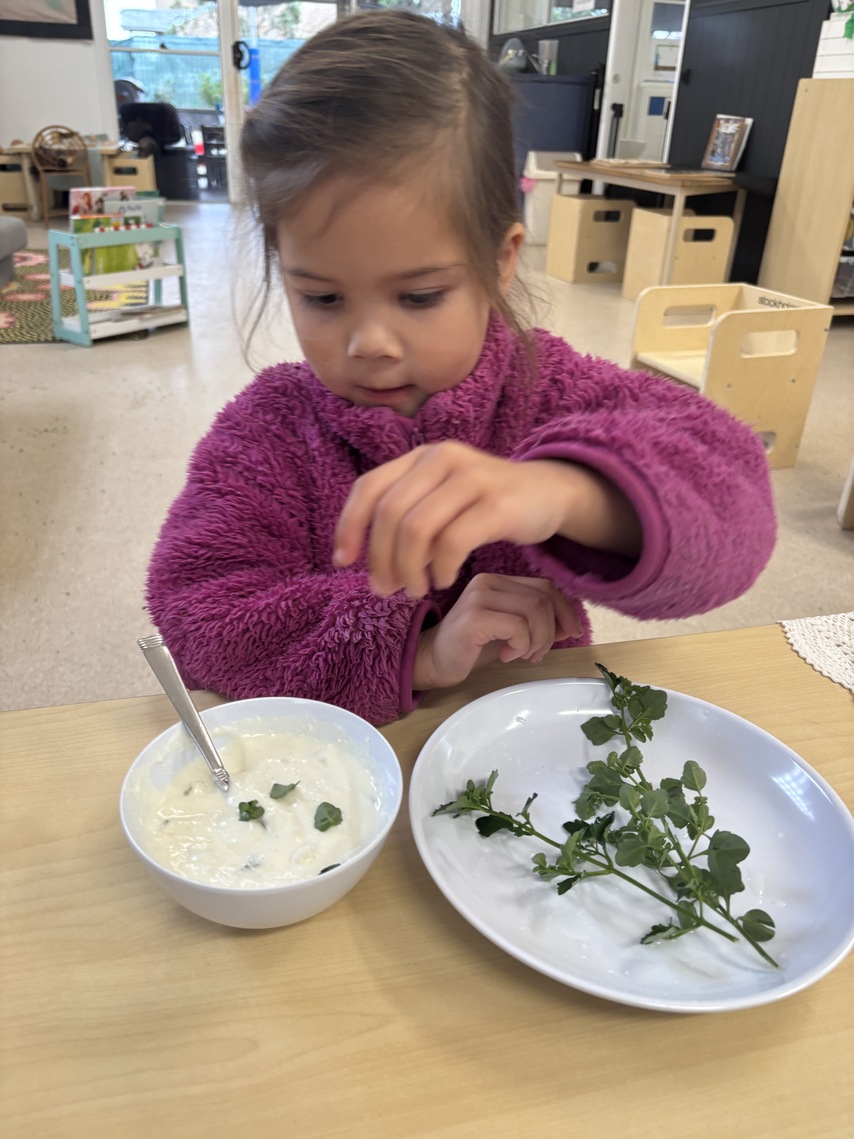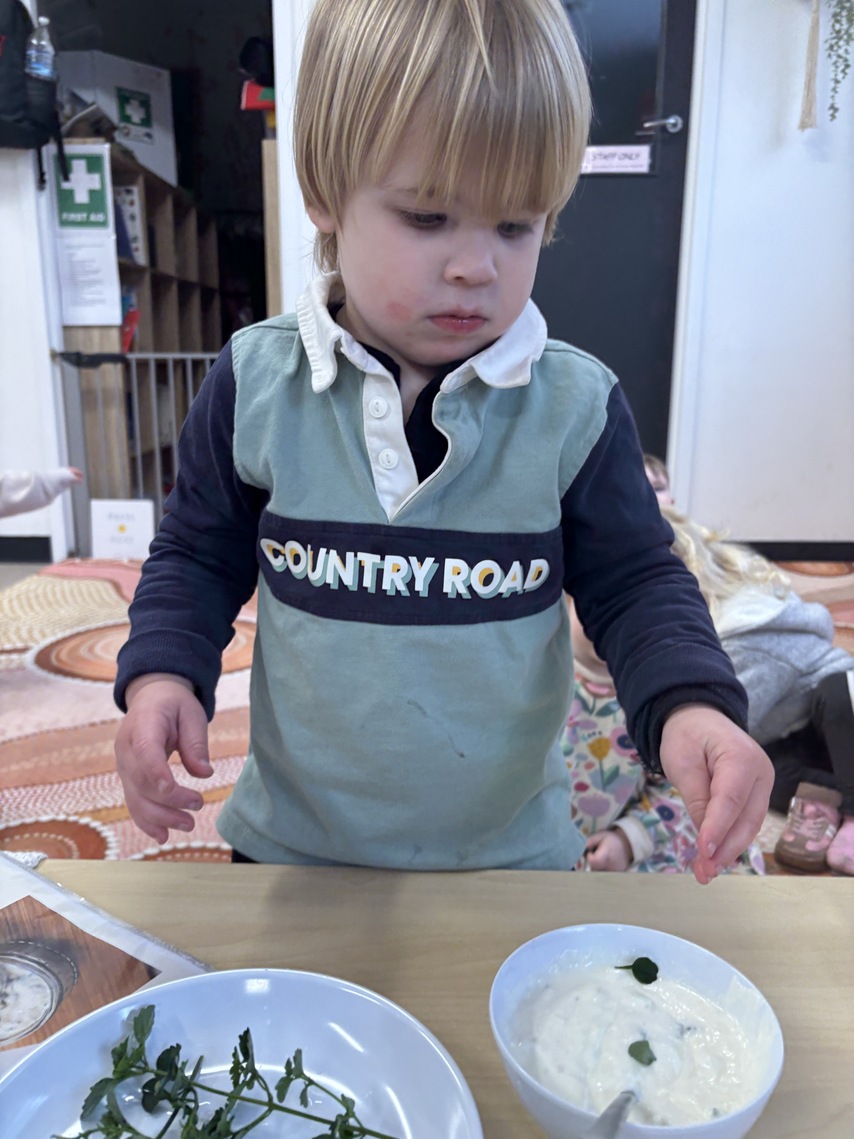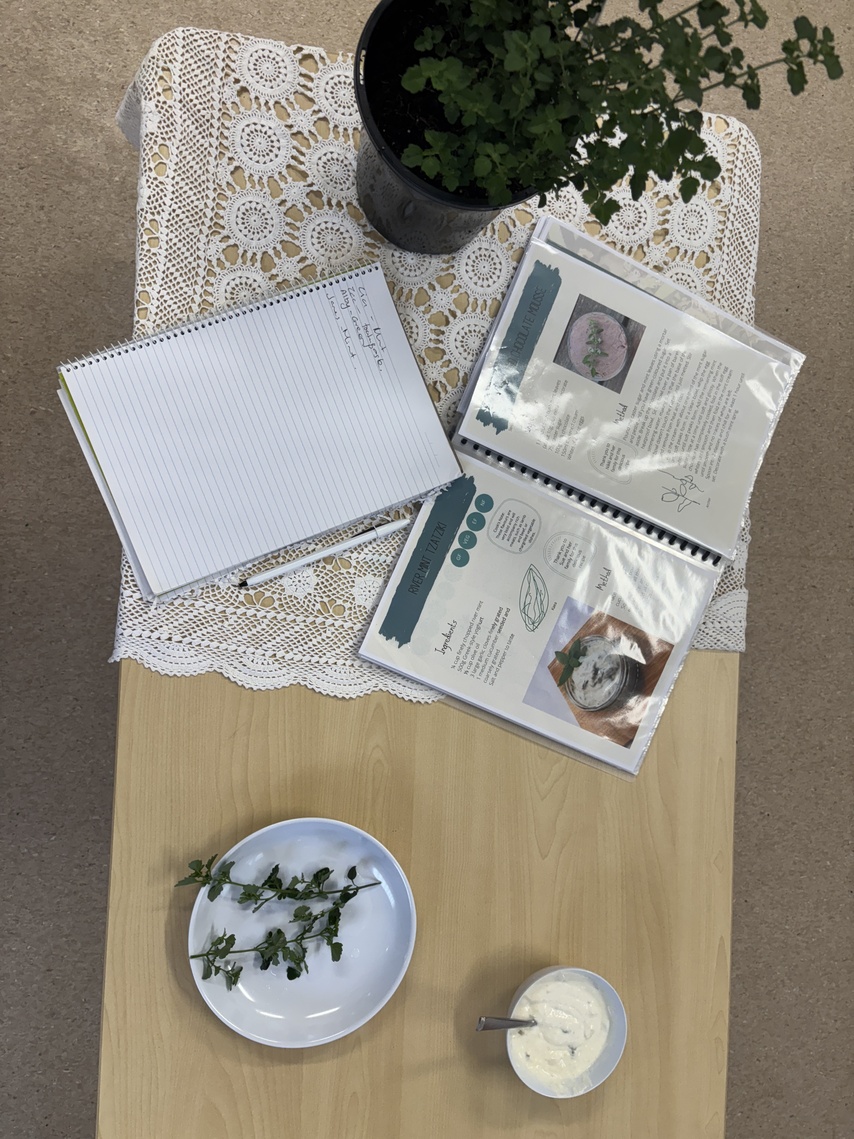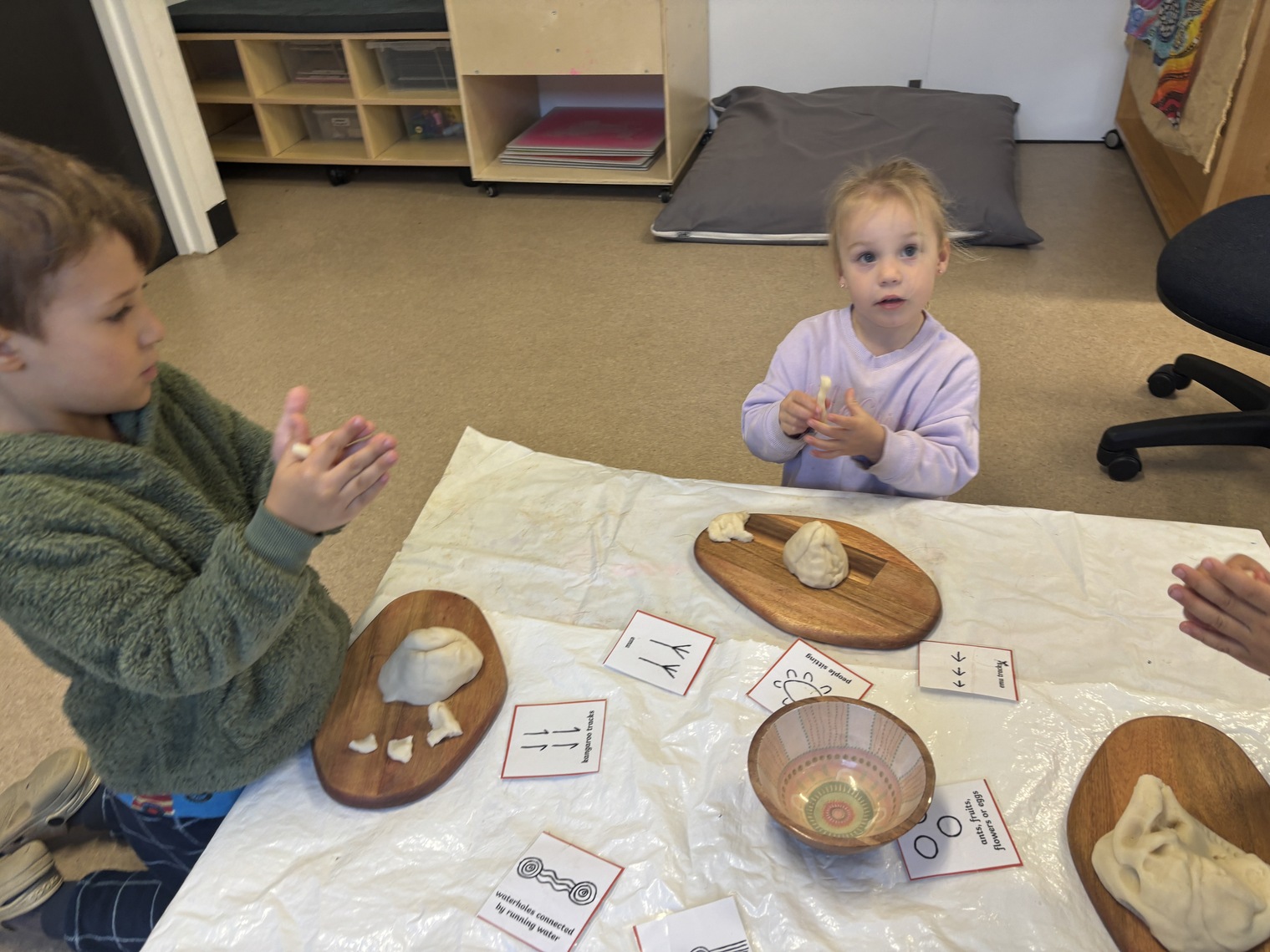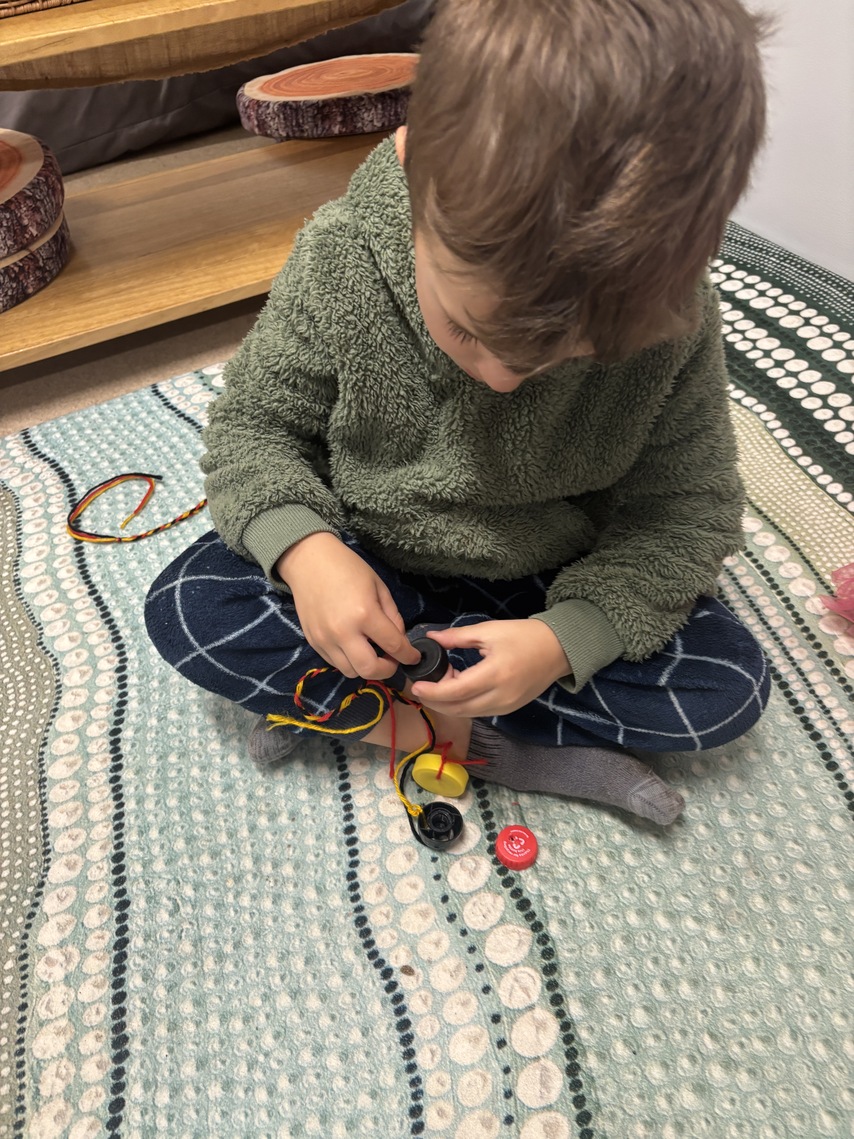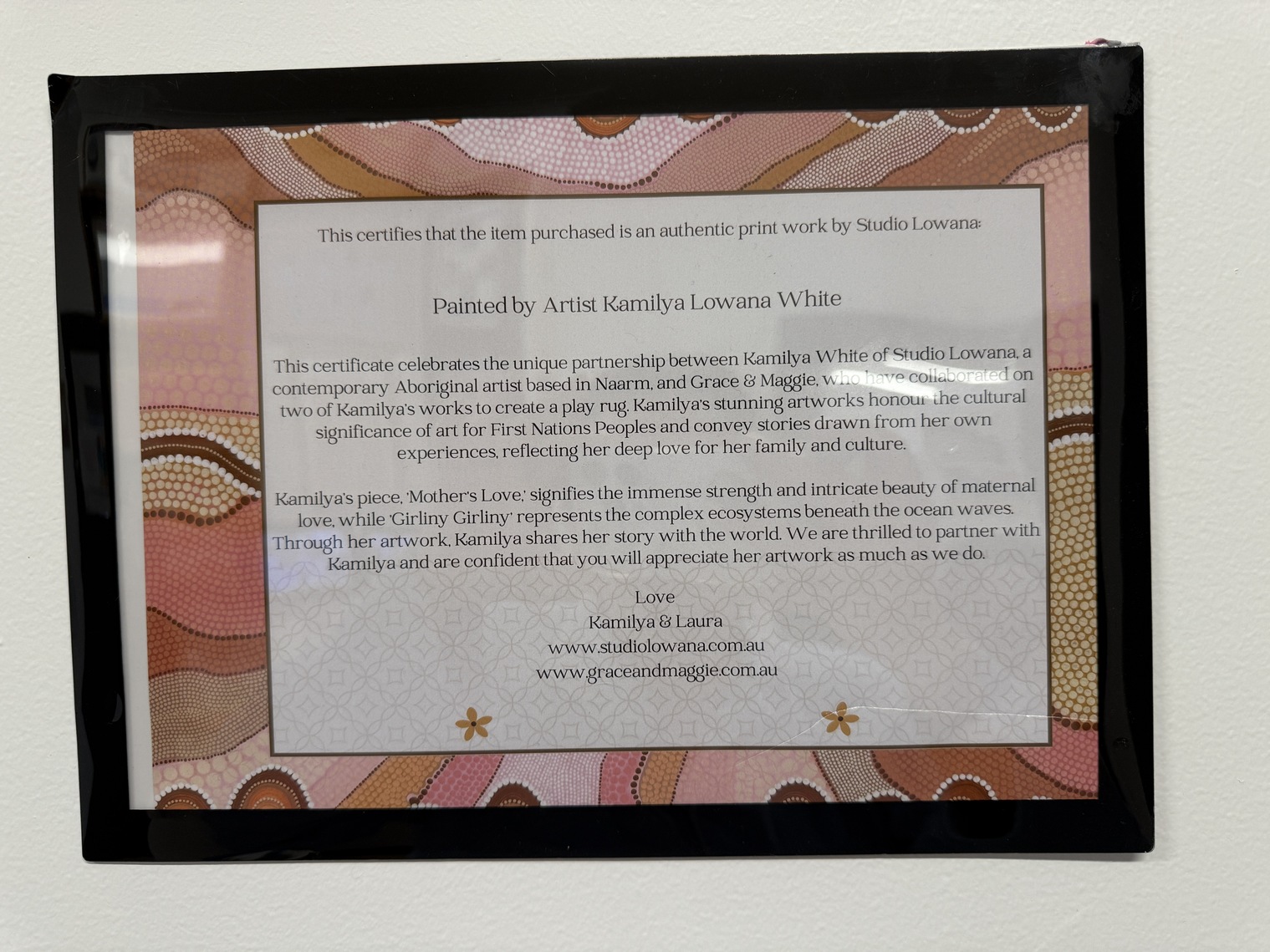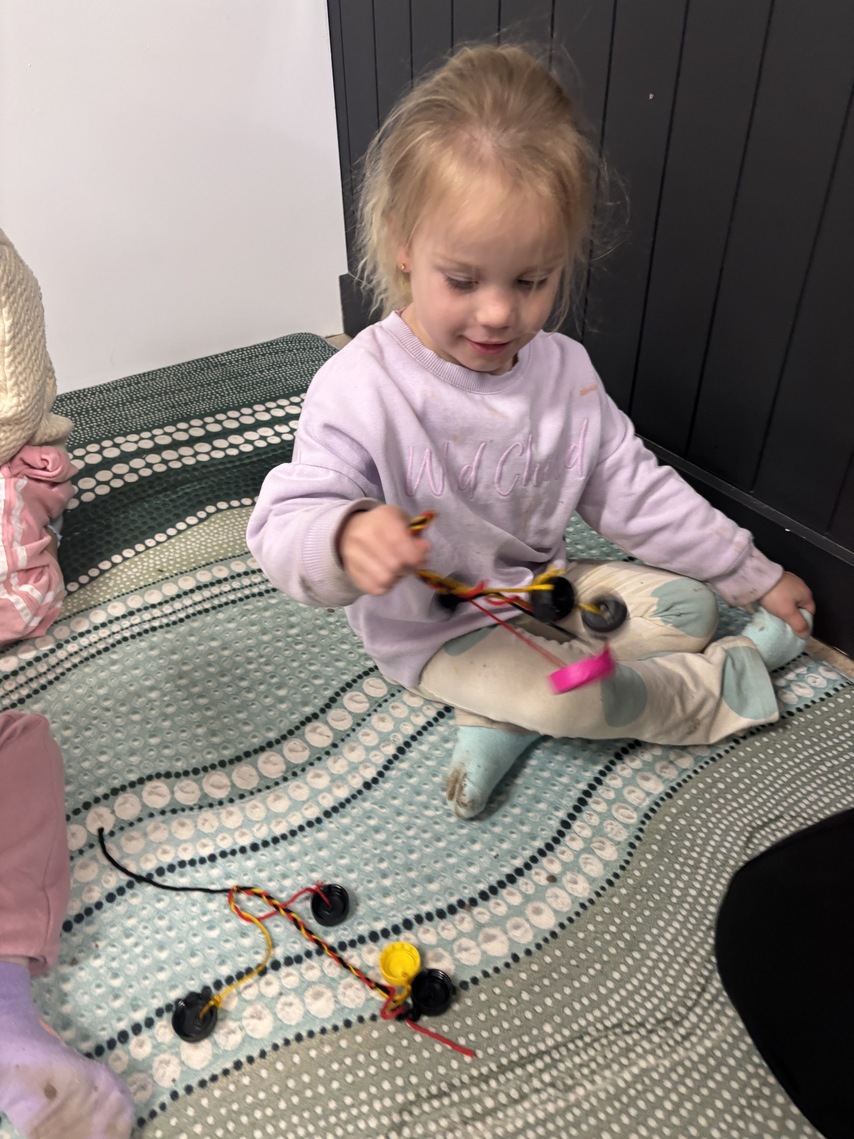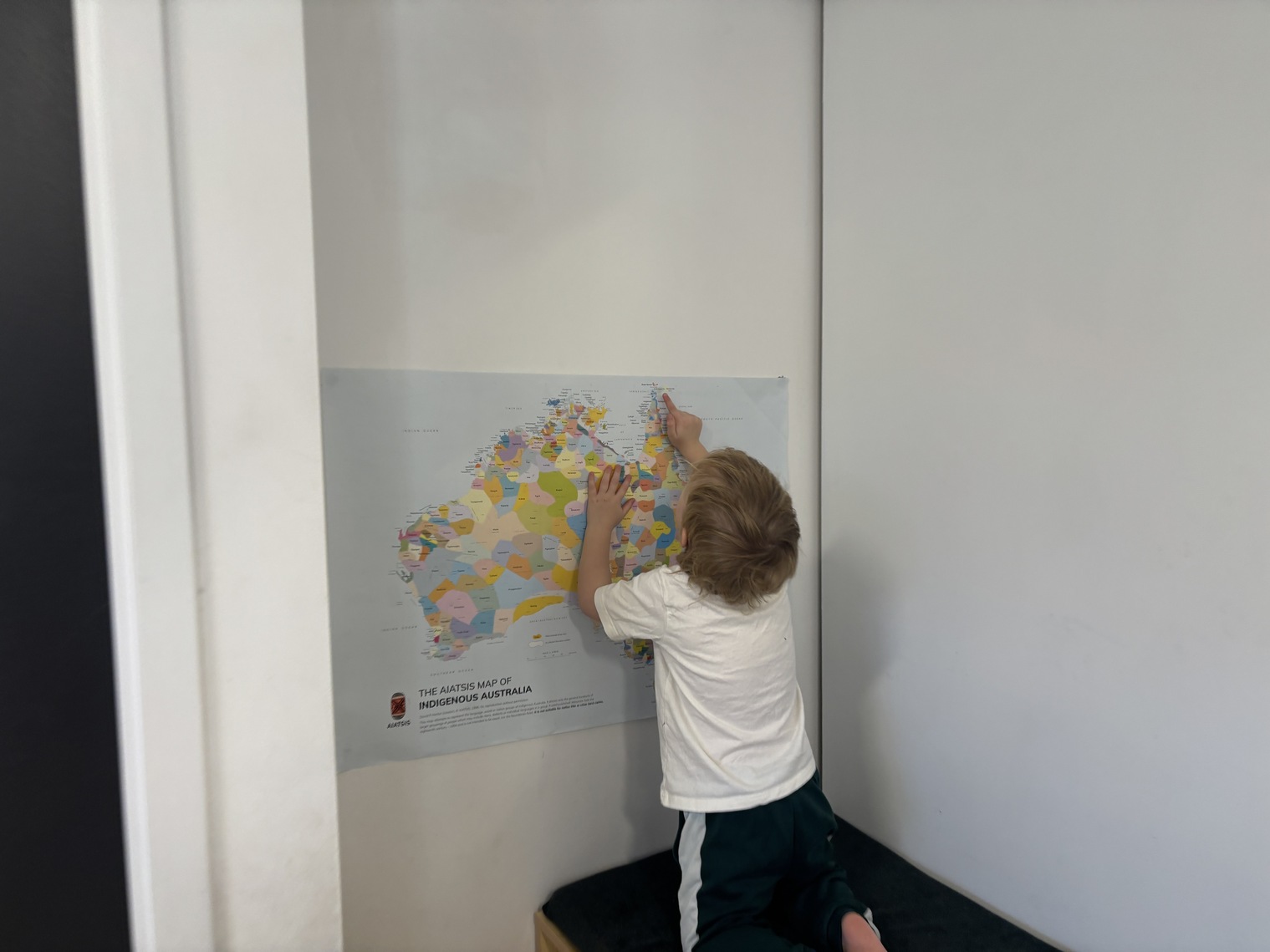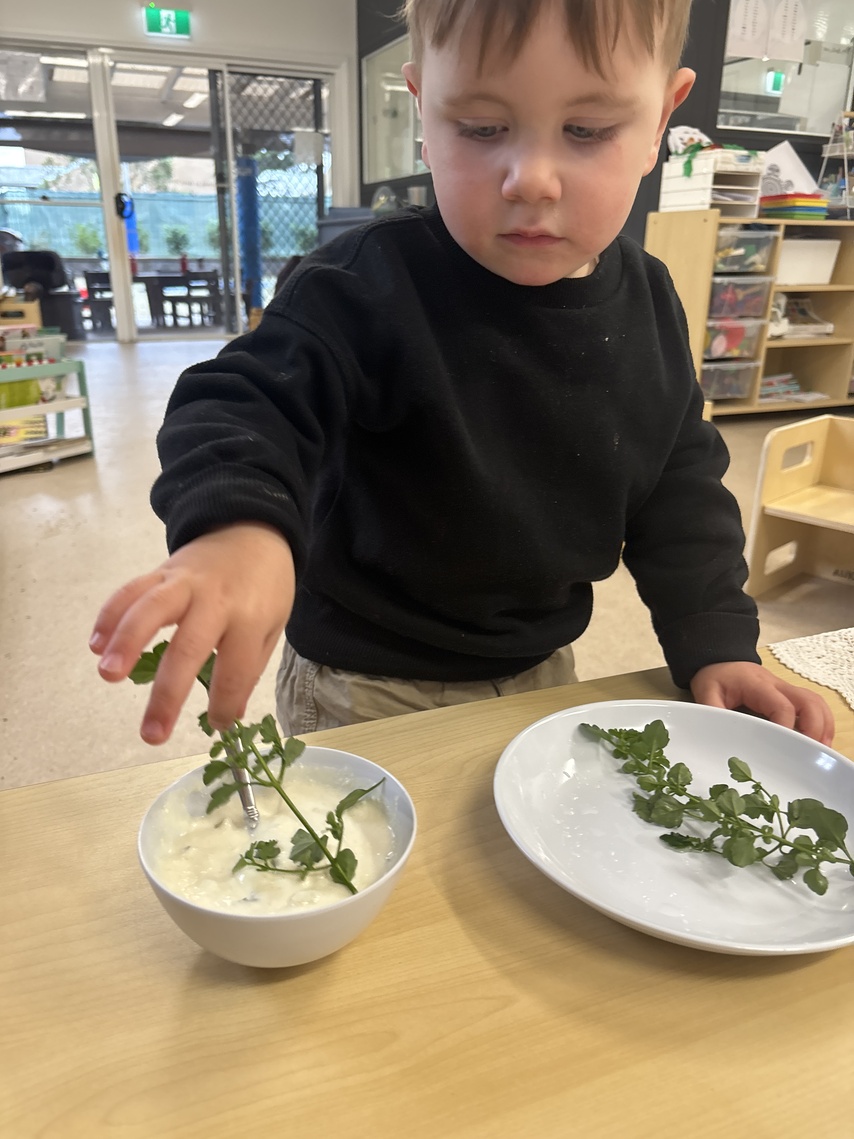Waves Early Learning’s Commitment to NAIDOC Week and Beyond
At Waves Early Learning, NAIDOC Week is an important opportunity for celebration, reflection, and connection but it is never treated as a one-off event. We recognise that Aboriginal and Torres Strait Islander histories, cultures, and perspectives are a vital part of Australia’s identity, and we are committed to embedding these respectfully and meaningfully throughout our everyday curriculum and practice.
Moving Beyond Tokenism
This year, our team took time to reflect on the difference between tokenistic gestures and genuine, respectful engagement. We asked ourselves: How can we honour culture every day, not just during NAIDOC Week? This reflection has driven our approach not only to the events and experiences of this week but to our ongoing journey of reconciliation and cultural responsiveness.
Celebrating NAIDOC Week Through Meaningful Experiences
During NAIDOC Week, the children participated in a range of culturally rich experiences, guided by our commitment to respect and learning. Miss Nikki shared a special cookbook that she co-created in collaboration with local Dharawal Elders at a previous service. This book became the inspiration for some hands-on cooking experiences that connected the children with traditional foods and flavours. Our Gunaagaans (toddlers) prepared bush mint tzatziki, exploring sensory elements like smell, texture, and taste while engaging in conversations about bush foods and native ingredients. Our Gawuras (preschoolers) created kulups — recycled yarn and bottle-top artworks — inspired by the Play School episode “Yarning and Dreaming.” This creative activity offered opportunities for storytelling, sustainability, and respectful exploration of First Nations craft and expression.
Ethical Resources and Cultural Representation
All of our resources used to support Indigenous education are ethically sourced from Aboriginal and Torres Strait Islander artists and creatives. This includes the recent addition of two culturally significant sensory mats:
“Mother’s Love” Snuggle Rug by Ky-ya Nicholson Ward
“Girliny” Snuggle Rug by Ryhia Dank
These mats are used in our rooms each day and are accompanied by plaques in our foyer that tell the stories behind the designs. They offer a visual and tactile connection to culture and storytelling for our children and families.
Reconciliation Action Plan (RAP) Commitments
As part of our 2025 Reconciliation Action Plan, we have made a number of key commitments that align with our values as a service. One of these is to acknowledge the importance of the Aboriginal and Torres Strait Islander flags. These flags are now displayed prominently in our foyer on a dedicated shelf, alongside curated resources, books, and artefacts for families to explore and learn with. We have also revisited our Acknowledgement of Country song, with a focus on truth-telling and cultural accuracy. After careful reflection, we chose to change the wording from "sharing the land" to "caring for the land", in recognition of the fact that a treaty does not yet exist between the Australian Government and Indigenous Australians. This language shift reflects our desire to move forward with honesty, respect, and responsibility.
Investing in Professional Growth and Learning
We are proud to share that two of our educators Miss Nikki and Miss Maddy recently attended a professional development workshop led by Jessica Staines through the Koori Curriculum. This workshop focused on embedding Aboriginal pedagogy into early childhood practice and provided powerful tools and insights to support our educators' learning journeys. To continue building on this foundation, Waves has also invested in a Koori Curriculum subscription for the entire team. This platform provides our educators with culturally appropriate resources, lesson ideas, and professional reading materials, helping them build their knowledge and confidence in delivering meaningful learning experiences for our children. One of the highlights of this subscription is the Bush Friends Pen Pal Program, where we receive monthly letters from Shirley Pearl (Jessica Staines' daughter) and her animal friends. These letters share her real-world adventures and discoveries on Country, and they offer our children authentic opportunities to connect with Indigenous knowledge systems, storytelling, and seasonal learning. Each letter is displayed in our foyer so families can follow along, learn with their children, and start conversations at home.
Learning Together as a Community
We know that building cultural competence is not just the work of educators it’s something that must involve our whole community. That’s why we’ve taken steps to ensure our foyer is not only a welcoming space but a learning space. Families are invited to browse our growing collection of Indigenous books, artworks, and educational materials. We have also partnered with our local library to curate a list of recommended titles and resources for adults and children alike who wish to deepen their understanding of Aboriginal and Torres Strait Islander cultures and histories. At Waves Early Learning, we are proud of the steps we are taking and we recognise that our journey is ongoing. NAIDOC Week reminds us to celebrate, but our real responsibility lies in showing up every day for reconciliation, truth-telling, and respect. Through thoughtful planning, community collaboration, and a genuine desire to learn, we are helping raise a generation of children who care deeply for Country, culture, and each other.





